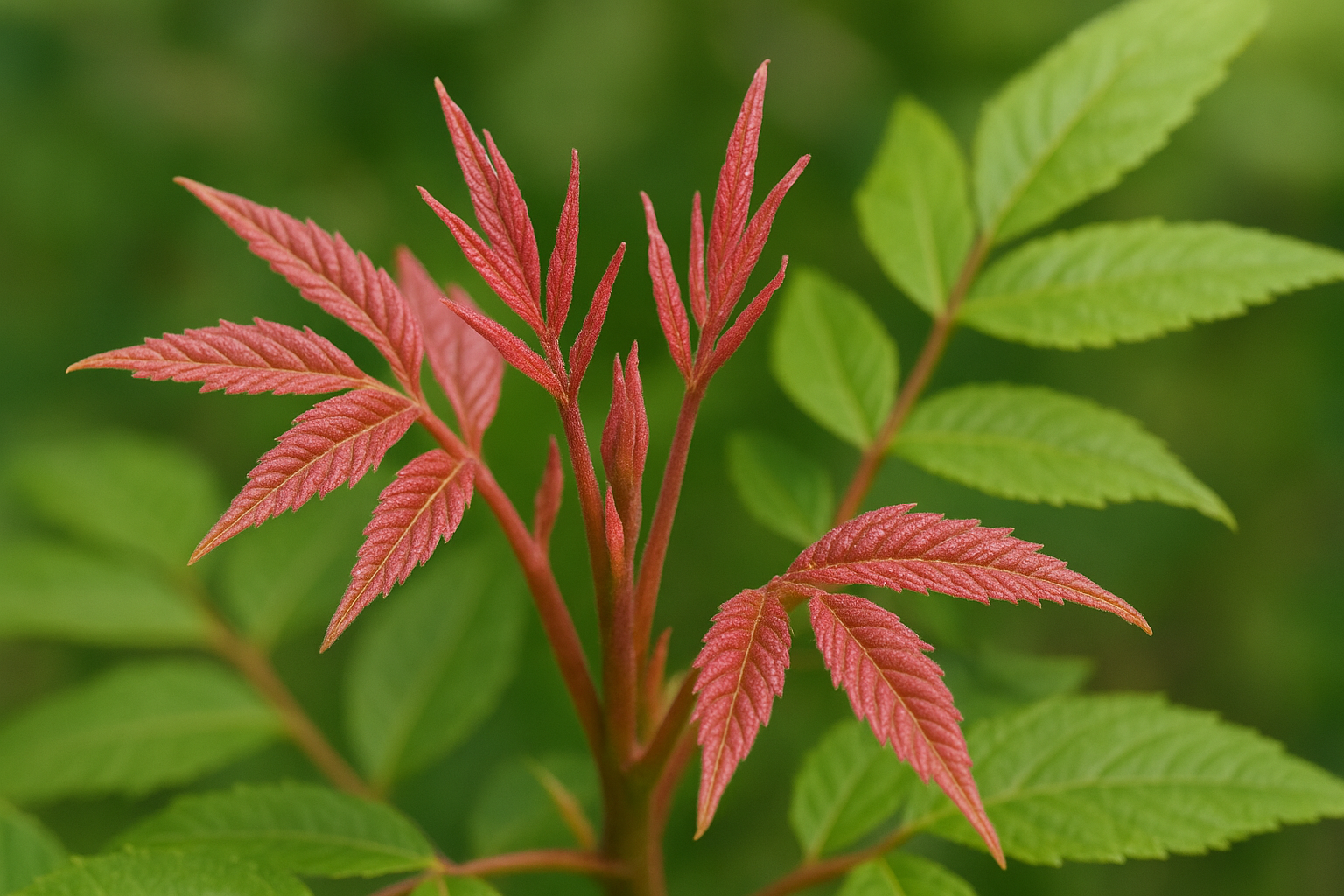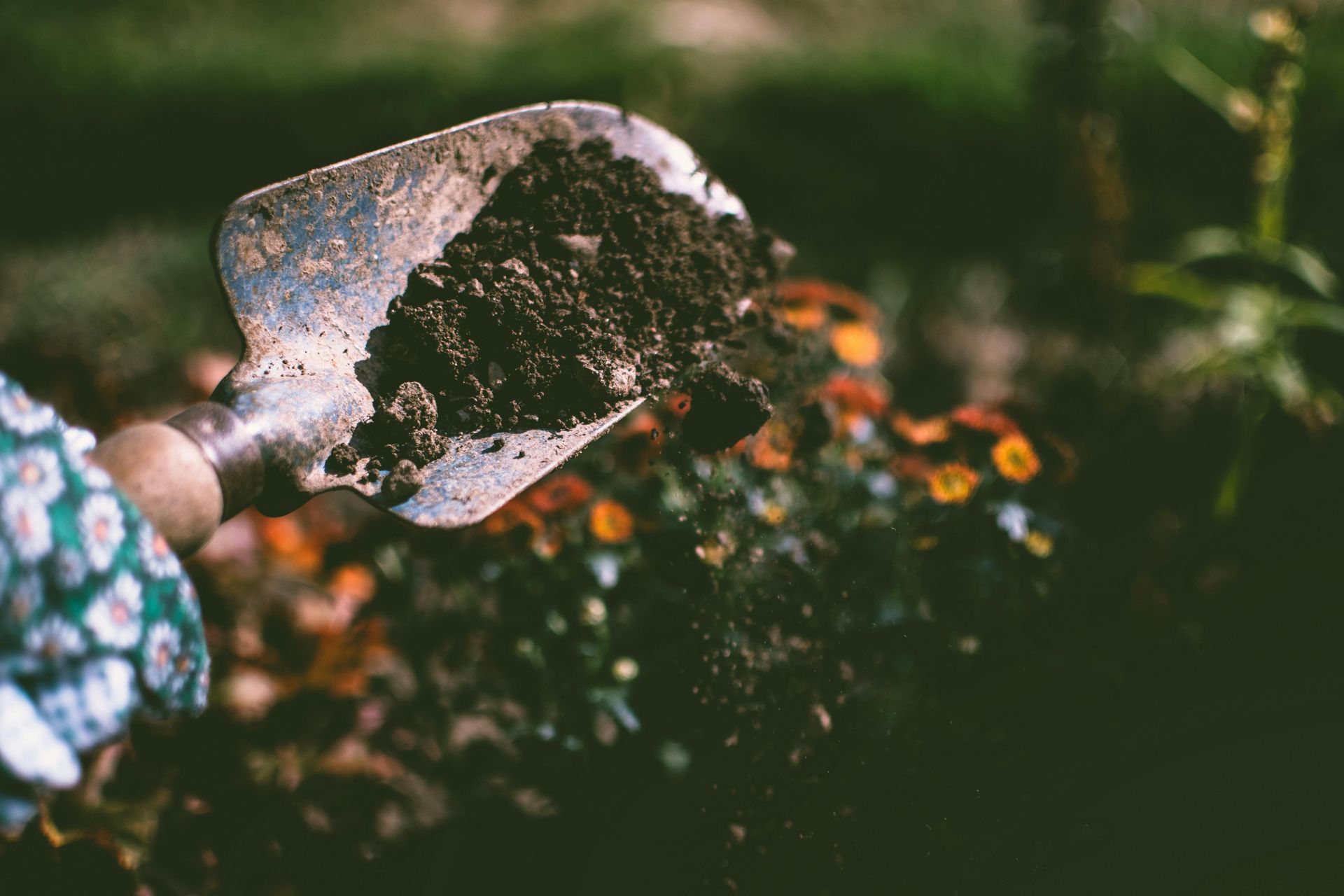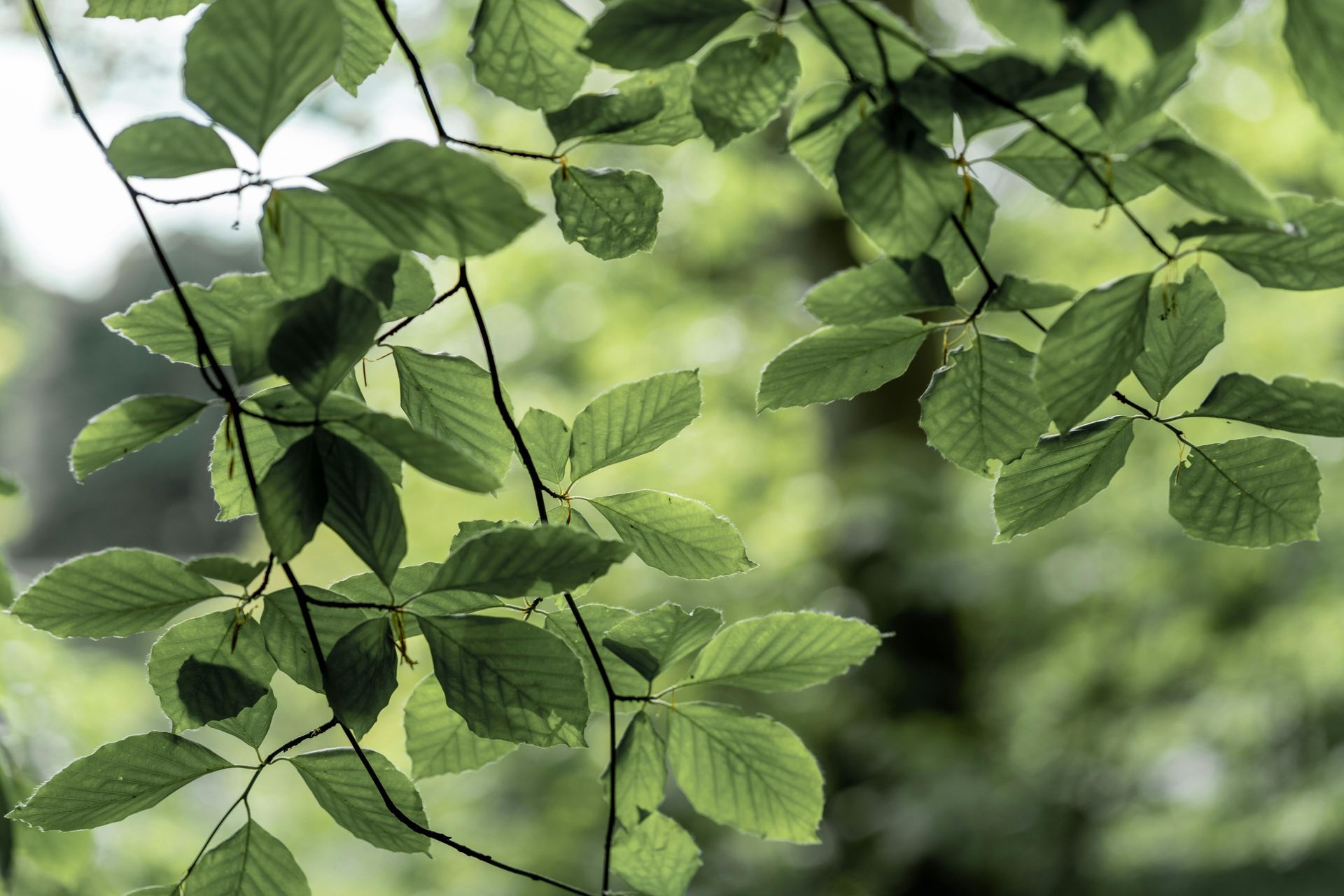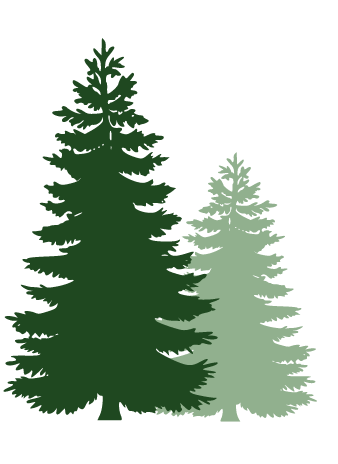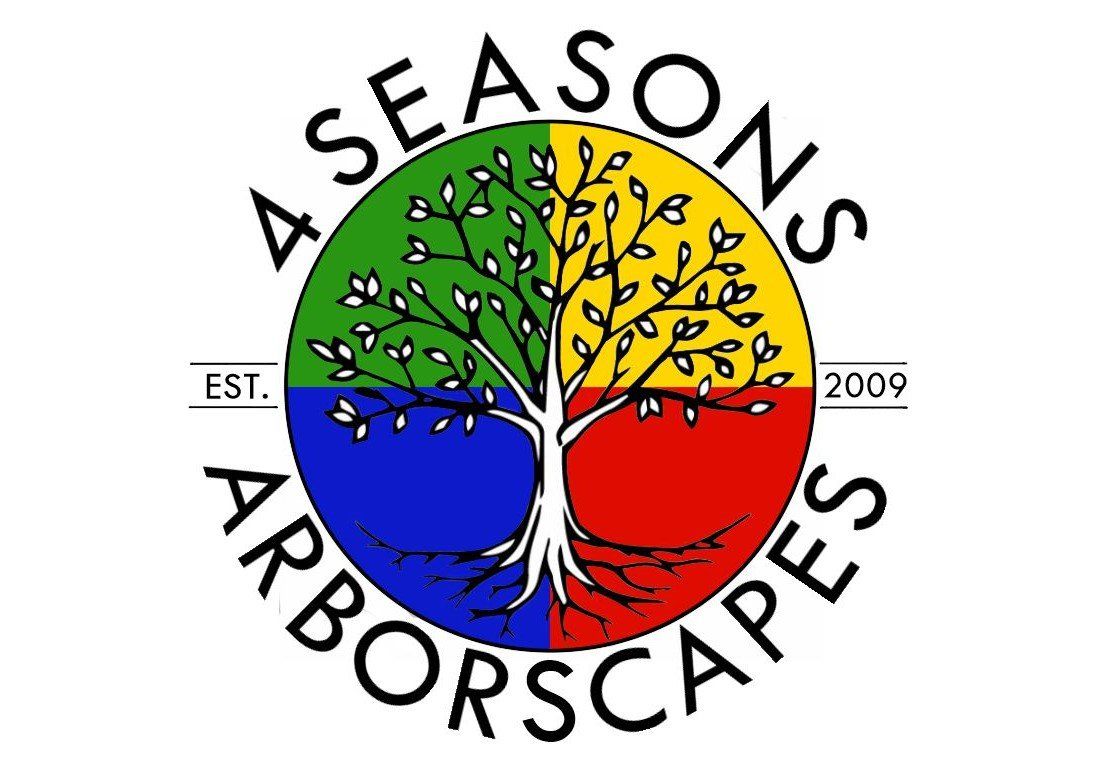How Urban Planners Doomed Allergy Sufferers
For anyone who’s lived through spring in a city with puffy eyes, relentless sneezing, and a pocketful of tissues, it may be surprising to learn that this misery wasn’t inevitable. In fact, much of our urban allergy suffering was carefully and deliberately engineered by city planners, arborists, and landscape architects who believed they were solving a problem.
The truth is, the people responsible for designing our cityscapes planted male trees almost exclusively. These trees produce no fruit but generate massive amounts of airborne pollen. Their aim was tidiness, but in the end we got generations of allergy sufferers choking on microscopic particles that didn’t need to be there.
A Brief History of Urban Planting
The rise of urban forestry in North America began in earnest in the late 19th and early 20th centuries, as cities exploded with growth and planners scrambled to keep them livable. Trees were planted for shade, aesthetics, property value, and to promote public health. Visionaries like Frederick Law Olmsted, the father of American landscape architecture, believed in the healing power of green spaces.
By the mid-20th century, city beautification movements and federal programs like the 1965 Highway Beautification Act spurred massive tree-planting campaigns. This should have been a win for public health and the environment, but here is where it went off the rails.
The Reason Your Allergies Are So Bad
Most people don’t realize that many trees are dioecious, meaning they have separate male and female individuals. Female trees trap pollen; male trees release it. In nature, there’s a balance, but in our cities we've disrupted that balance.
Starting around the 1940s and continuing for decades, urban planners and nursery suppliers began favoring male trees almost exclusively. Their rationale was that female trees drop messy fruit, seeds, and seed pods. These were deemed undesirable in tidy, concrete public spaces. Male trees, on the other hand, produce no fruit — just pollen. Lots and lots and lots of pollen.
The U.S. Department of Agriculture even recommended this practice. The 1949 USDA Yearbook of Agriculture recommended that male trees be selected for their neatness and ease of maintenance. The ornamental industry followed suit, patenting and propagating male clones for nurseries to sell en masse.
What urban planners and landscape designers failed to consider (or ignored) was the biological cost. Pollen is a reproductive strategy designed for saturation. It doesn’t float lazily through the air; it overwhelms the atmosphere to maximize the odds of fertilization. And when you only plant the pollen-producers, there’s no female trees to catch the excess.
A Self-Inflicted Allergy Epidemic
Today, nearly 1 in 3 adults in the U.S. suffers from seasonal allergies, and pollen counts are higher than ever. Climate change plays a role in this as well, since warming temperatures extend pollen seasons and increase plant productivity. Cities are often more allergenic than rural areas, despite having fewer plant species overall.
The phenomenon even has a name: botanical sexism — a term coined by horticulturist Tom Ogren. Ogren warned that cityscapes dominated by pollen-heavy male trees create a hostile environment for people with asthma, hay fever, and other respiratory conditions.
And it's not just a spring problem. Urban tree selections include male cultivars of maples, elms, ashes, junipers, and mulberries — species with highly allergenic pollen. Some cities even banned female mulberries and cottonwoods altogether, citing the fruit or fluff as a nuisance. But what’s worse? A few dropped berries or decades of increased ER visits during pollen season?
The Cost of “Clean”
What urban planners valued as "low-maintenance" turned out to be high-maintenance for human health. In their quest for clean sidewalks and uncluttered parks, they prioritized aesthetics over respiratory function.
Worse, this wasn’t based on new science or a deep misunderstanding. Dioecious reproduction is basic botany, something any trained landscape architect or nursery supplier should understand. The problem wasn't ignorance, but a preference for appearance and ease of labor over ecological function and public well-being.
How We Can Rebalance Our Urban Forests
The good news is that we can fix this... gradually. Urban forestry programs are starting to reconsider their species and cultivar choices. Planting a diverse mix of native trees, including female and self-pollinating varieties, can reduce allergy triggers and increase biodiversity. It also creates better habitats for birds and pollinators.
City planners can also start incorporating OPALS ratings into tree selection processes. Some schools and hospitals already use this framework to minimize allergy impacts on vulnerable populations. Most importantly, we need to rethink the philosophy behind our public plantings. Nature is messy; it's supposed to be unkempt. Trying to sanitize it has made us sick. If the cost of a spotless sidewalk is millions of people wheezing and sniffling every spring, maybe it’s time to embrace a few dropped fruits and seedpods.
Check out the latest:


